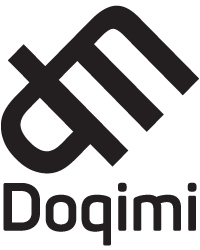Checklists are valuable tools for ensuring the quality of software during the QA process. They provide a systematic approach to identifying and addressing potential issues, ensuring nothing is overlooked. With a checklist, QA professionals can meticulously track their progress and ensure that all necessary steps are taken to deliver a high-quality software product.
Using checklists helps to standardize the QA process, ensuring consistency and reducing the likelihood of errors. By following a predetermined checklist, QA professionals can ensure that all necessary tests and evaluations are performed consistently across different software projects. This consistency helps to identify recurring patterns and issues, improving the overall efficiency and effectiveness of the QA process.
Checklists also promote collaboration and communication within QA teams. By sharing checklists with team members, everyone can be aligned on the required tasks and expectations. This alignment fosters better coordination and ensures that all team members are on the same page. Additionally, checklists serve as useful documentation for future reference, allowing teams to learn from past experiences and continuously improve their QA strategies.
Incorporating checklists into the QA process also benefits software development companies and their clients. By ensuring that all necessary tests are performed, companies can deliver software products with a higher level of quality, reducing the likelihood of post-release issues and customer dissatisfaction. This ultimately leads to improved customer satisfaction and a stronger reputation for the company.


